
Standards and specifications are a major barrier for sustainable products to brought to market.
This session will explore the developments in Standards through case studies of applications in major projects. As well as discussing urgent needs in research and development such as accelerated test methods to get products approved by the authorities.
TREMS annual industry event
Monday 14 October, RMIT City Campus
3:00-4:15pm
Tickets are free. This session will run as a hybrid event with digital participation.
This event will be the second of three sessions being run as part of the TREMS Hub annual industry event.
The TREMS Hub research is an Australian Research Council ITRP (Industrial Transformation Research Project). This places industry at the core of all the work with do with each of our projects being aligned with or working directly for an industry partner.
This session Creating market orientation for product and material innovations and measuring performance will include:
TREMS annual industry event
Monday 14 October, RMIT City Campus
1:00-2:30pm
Tickets are free. This session will run as a hybrid event with digital participation. Guests are invited to a welcome lunch at 12:00pm before the Session commences.
This event will be the first of three sessions being run as part of the TREMS Hub annual industry event.
The TREMS Hub research is an Australian Research Council ITRP (Industrial Transformation Research Project). This places industry at the core of all the work with do with each of our projects being aligned with or working directly for an industry partner.
Do you work in –
This interactive workshop will tackle the challenges and opportunities associated with waste practices.
Designed for professionals who work with multi-unit developments (MUDs in waste management, strata management, city councils, consultants, apartment residents, and other stakeholders.
Together we hope to establish innovative interventions in waste management and to support specific recommendations that can be employed in policy and practice.
TREMS annual industry event
Monday 14 October, RMIT City Campus
Tickets are free. This event is in-person only. All attendees will be expected to participate in the conversation. Limited numbers available.
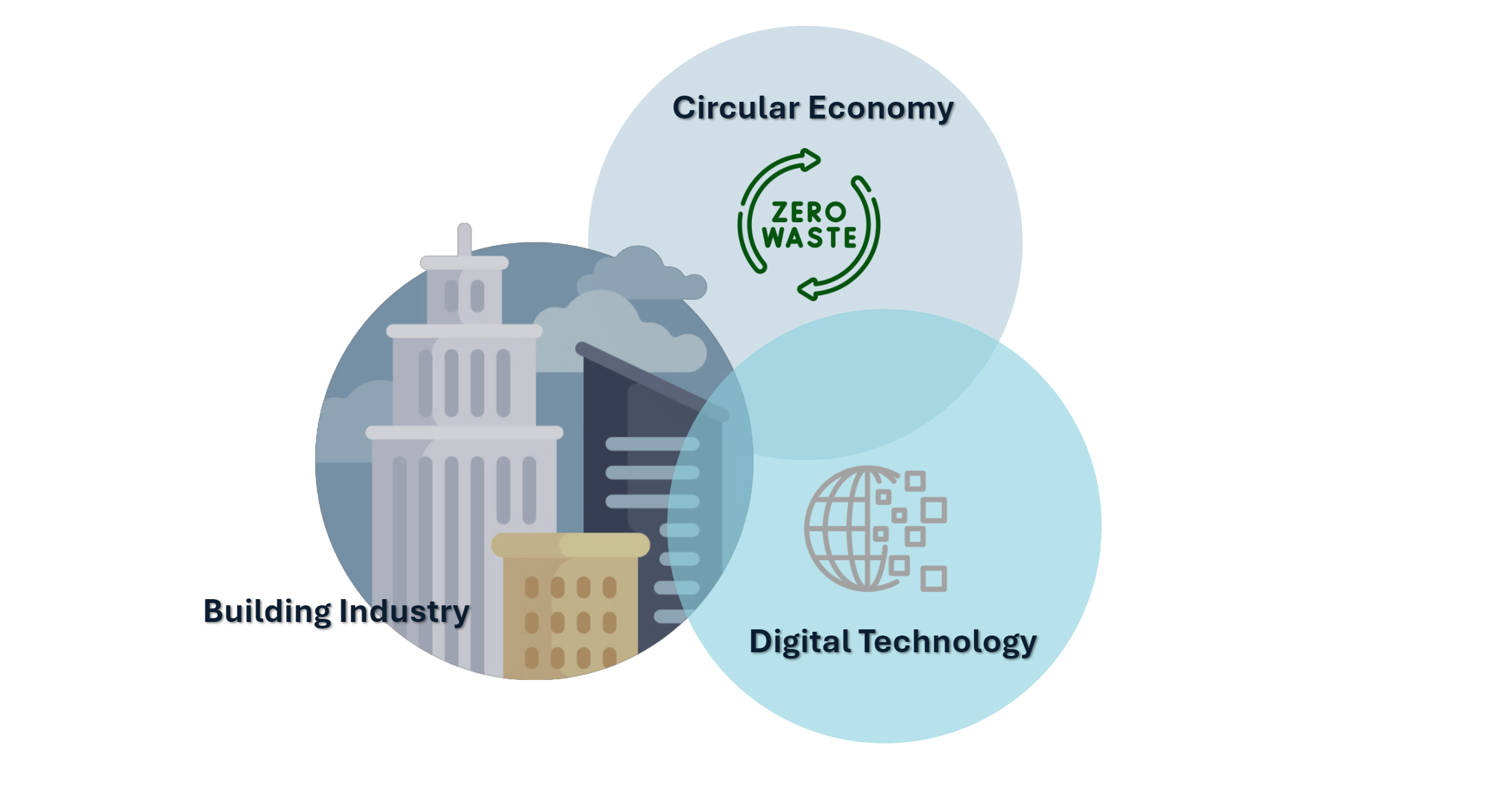
January to July
We’re excited to bring you the latest updates from the TREMS Research Hub. As Hub Director I’m delighted to report that we have now more than ten mature technologies ready for translation. On behalf of the TREMS team I would like to thank all our partners for their support during the past three years since officially commencing in November 2021.
The hub research program includes 37 research projects delivering solutions across five major themes. In this, online newsletter edition, we’re highlighting some of our recent achievements, showcasing media highlights, and offering you opportunities to be engaged with the exciting research program within the Hub.
Professor Sujeeva Setunge
Theme 1- Social change and smart design to minimise waste
Project 2- Social and policy dimensions of waste minimisation and waste management (Sub-project 1)
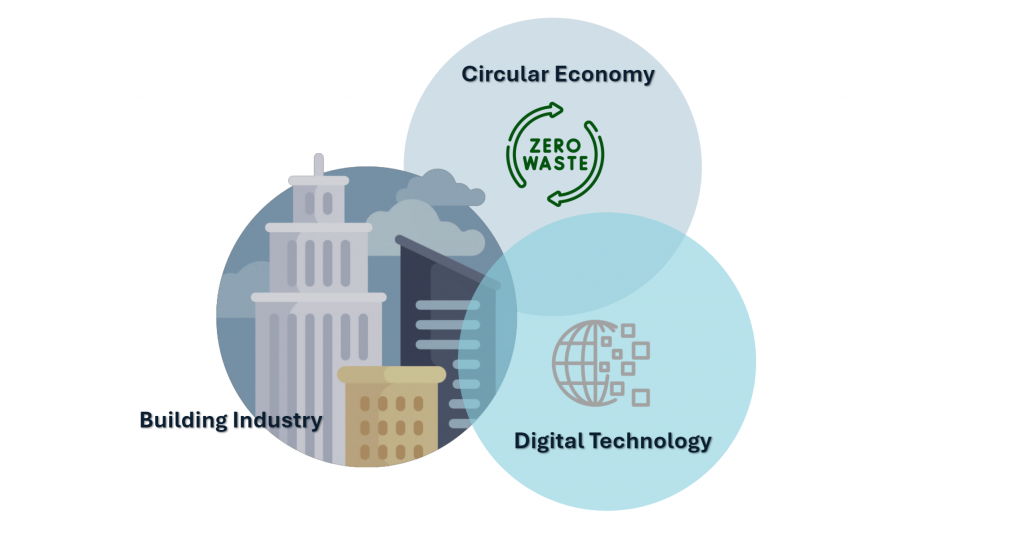
Effective and efficient zero waste practices – the circular economy approach
Uptake of circular economy (CE) practice is constrained in the Australian homebuilding sector due to many practical hurdles. Notably, reuse, considered the best waste prevention and efficient resource use strategy in CE discussions, is typically more complex to achieve than virgin material use. The emphasis on housebuilding materials sustainability is on landfill diversion, recycling, and waste sorting, with little focus on substitution. Additionally, the digital procurement tools used generally overlook opportunities for reuse. Therefore, this research project addresses the challenge of incorporating reuse practices into existing volume homebuilding e-procurement systems.
Potential benefits of this research for the industry:
As the building industry regulation transitions toward circular practices and recognises the significance of building materials supply chains as key factors in developing circular policies, there is the possibility that the results of this research and the interview data become instrumental in understanding experiential insights. These insights, in turn, have the potential to enhance the integration of circular practices within the industry and improve the relevance of sustainability reports.
To support this project we’re looking to interview construction professionals and stakeholders in the following areas;
– Construction, procurement, or site managers with experience in the volume homebuilding industry.
– Residential construction site waste management companies (e.g. Bingo the Skip Company or Job Site Recyclers and Möbius) which work with volume home builders and offer services, including on-site waste collection, sorting, recycling, and disposal of construction waste.
– Sustainability leaders within the building industry (preferably with experience in the residential sector or volume homebuilding).
– Professionals active in or have experience with electronic procurement for the construction industry.
– Any other relevant professionals and stakeholders who may have knowledge and be interested in discussing material reuse in the residential construction industry.
If you know anyone who meets the above description or know people who do we’d appreciate your help to connect with them.
This work is being done by one of our incredible students’ Sara Pishgahi whose PhD is on waste management in residential buildings. Reach out to her on LinkedIn or write to Hub Manager Jen Paynter here. Or, learn more about the project goals through the link below.
Congratulations to Professor Namita Choudhury, (Head of RMIT’s Chemical and Environmental Engineering) who has become the first Australian to win the George Stafford Whitby Award for Distinguished Teaching and Research from the American Chemical Society.
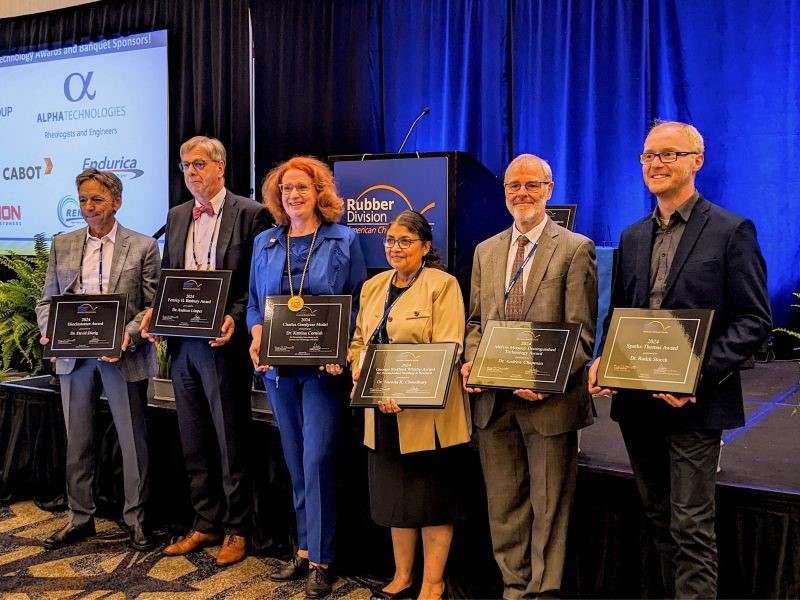
You can have a look at Professor Choudhury’s TREMS’ projects here:
Future Fellowships reflects the Australian Government’s commitment to excellence in research by supporting excellent mid-career researchers to undertake high quality research in areas of national and international benefit. We’re thrilled to congratulate Dr Kate Nguyen on her Future Fellowship, following on from her ARC DECRA Award. Dr Nguyen is leading the New fire protection materials from industrial waste project.
We’re proud to share Western Sydney University’s Distinguished Professor Vivian Tam from the School of Engineering, Design and Built Environment will lead a new Industrial Transformation Training Centre in digital platforms for Net-Zero Building Ecosystem Lifecycle (NOBEL). The centre aims to train the next generation of transdisciplinary leaders within the building construction sector. It will deliver the training and end-user research capability necessary to address the need to transform the sector into a net carbon-zero ecosystem. Vivian leads Theme 4 of TREMS Hub.
TREMS has been honoured to be guests at recent events the CSIRO, MUSE event 28 May, 2024, Melbourne, Australia and the Euro Bitumen and asphalt congress in Hungary 19-21 June.
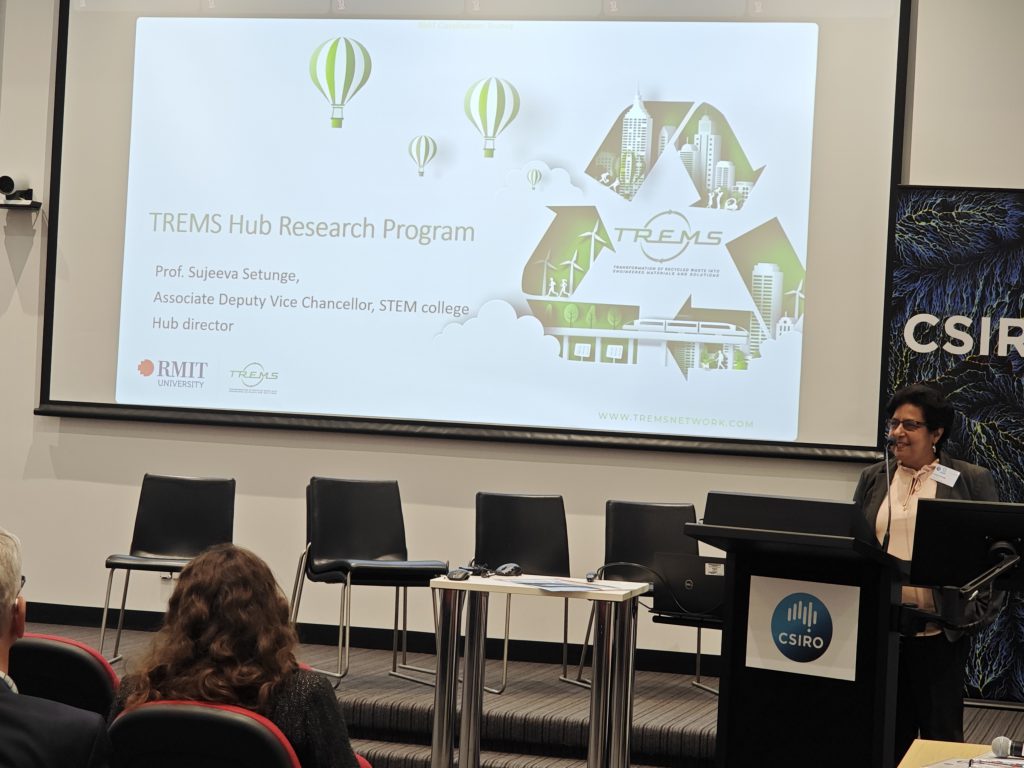
TREMS Director Professor Sujeeva Setunge shared an update on the Hub at the Materials upcycling and Sustainability Exploration (M.U.S.E.) Workshop hosted by the CSIRO in May on the work that we’re doing to reclaim materials for future use.
The one-day workshop explored the landscape of waste upcycling and sustainability in Australia. Bringing together industry leaders and researchers, enabling collaboration towards more sustainable upcycling processes. With presentations from academic and industry experts, an industry focused panel discussion and a poster session focused on pioneering technological advancements.
Professor Filippo Giustozzi, attended the Euro Bitumen and asphalt congress in Hungary. This congress is organised jointly by the European Asphalt Pavement Association (EAPA) and Eurobitume (European Association for Bitumen). In 2024, Professor Giustozzi led a field trial of recycled plastics in bitumen in ten local councils in partnership with Austroads under Theme 4 in TREMS.
RMIT researchers have developed a new type of “green concrete” that incorporates twice as much recycled coal ash as existing low-carbon concretes, halves the amount of cement required, and lasts even longer than regular Portland cement concrete.
TREMS made the news with over 130 media outlets sharing stories on the work being done in the Hub on green concrete.
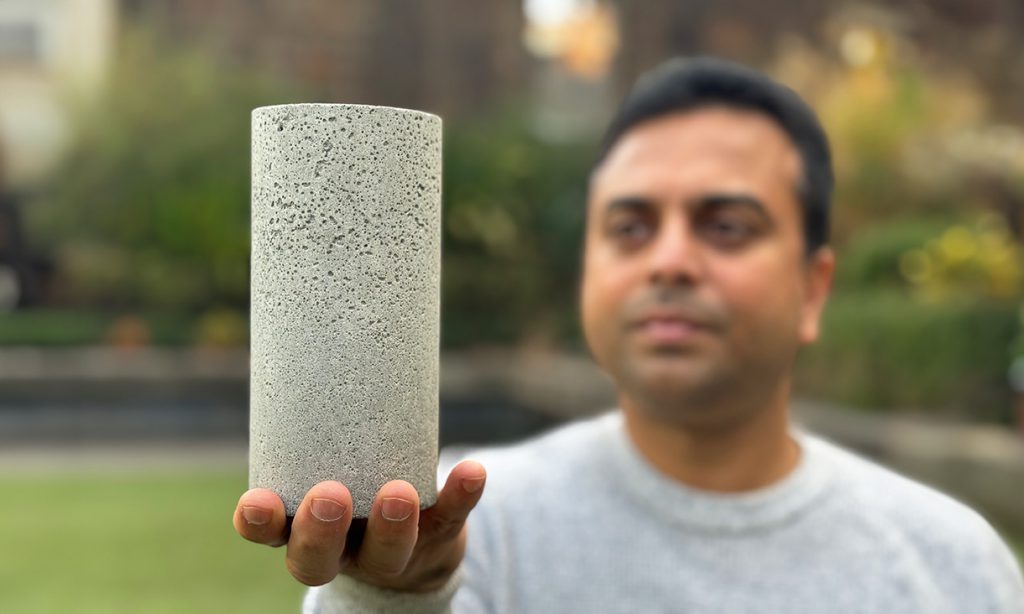
Research by Dr. Chamila Gunasekara for the TREMS Hub could potentially help clean up the hundreds of ash ponds, currently storing waste from coal fired electricity suppliers around the world.
Save the date: 14 October 2024 for our annual industry showcase. This year we’re planning a series of interactive workshops with our partners to explore opportunities for translation of mature outcomes of TREMS research program.
With discussions covering everything from artificial intelligence and robotics to the costs associated with using recycled glass as an alternate to sand, yesterday’s TREMS industry event held at the University of Southern Queensland brought together industry, government and academia to tackle how we can redefine our waste as valuable resources and reduce landfill.
Opened by Professor John Bell DVC (Research and Innovation) UniSQ we were captivated by key-note speakers Kylie Hughes, Paul Rocker, Wayne Manners and Ian Clarke who shared updates on policy and industry innovation to kick-off an enormous day of research presentations.
The TREMS Hub is led by Professor Sujeeva Setunge Associate DVC Research and Innovation RMIT and Deputy Directory Prof Priyan Mendis from the University of Melbourne.
Special thanks to UniSQ for hosting us and Weena Lokuge for coordinating.
The Hub is funded by contributions from the ARC Australian Research Council, Industry and the participating Universities.
Pictures from the TREMS 2023 Mid-year Industry Event below:
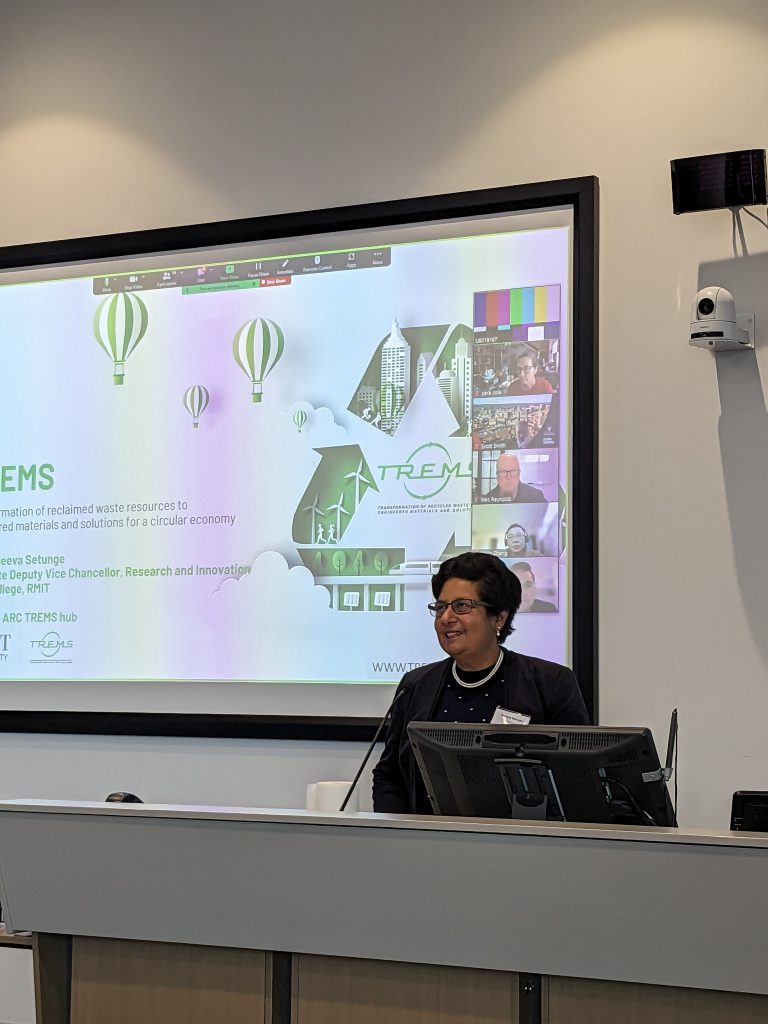
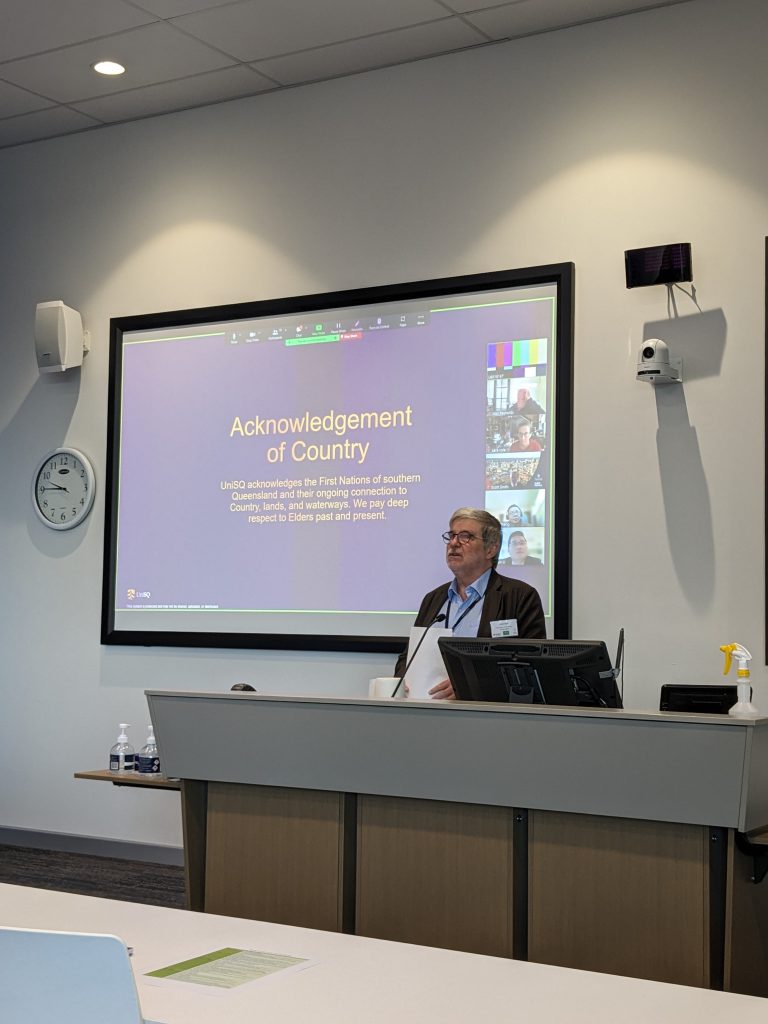
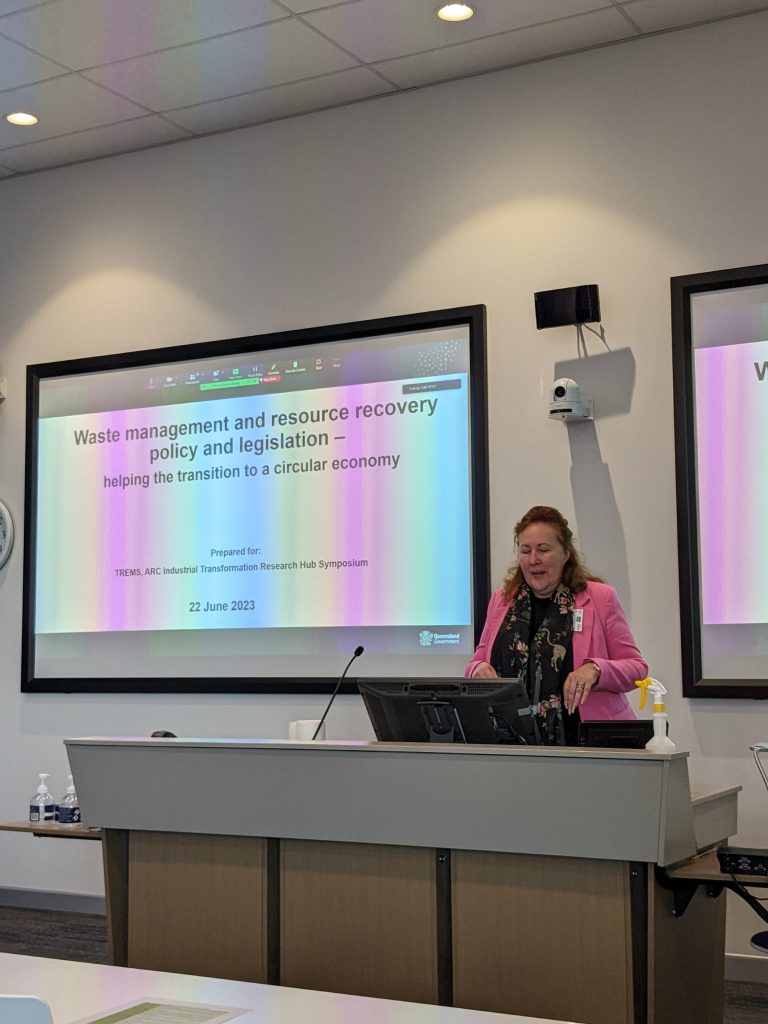
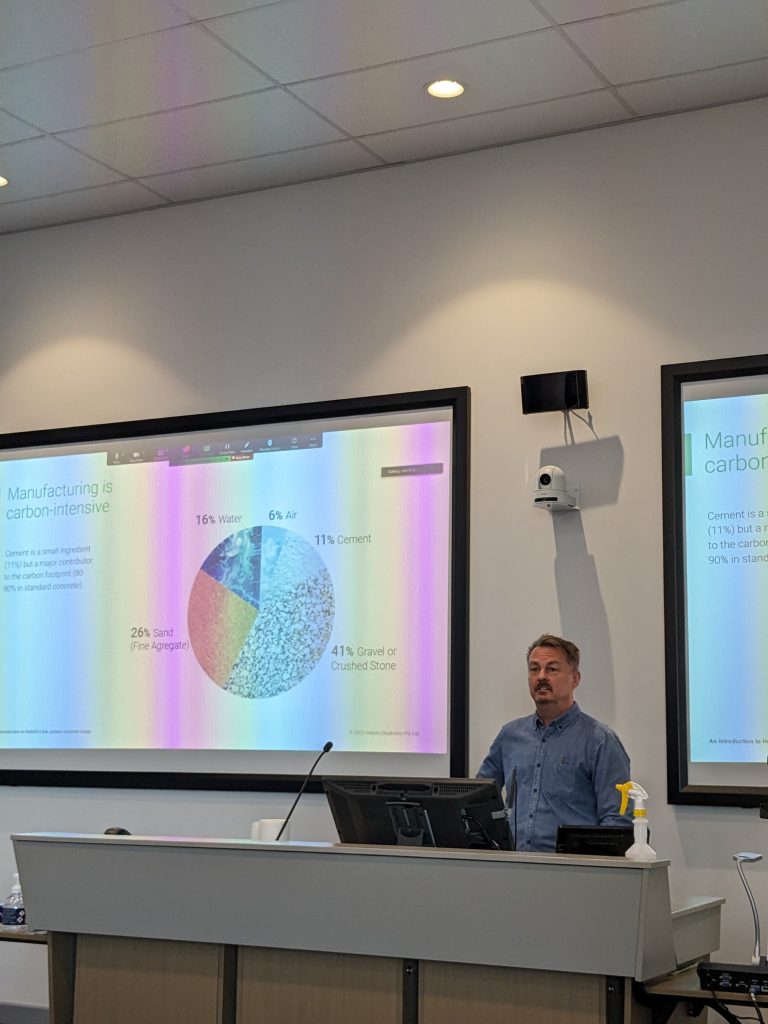
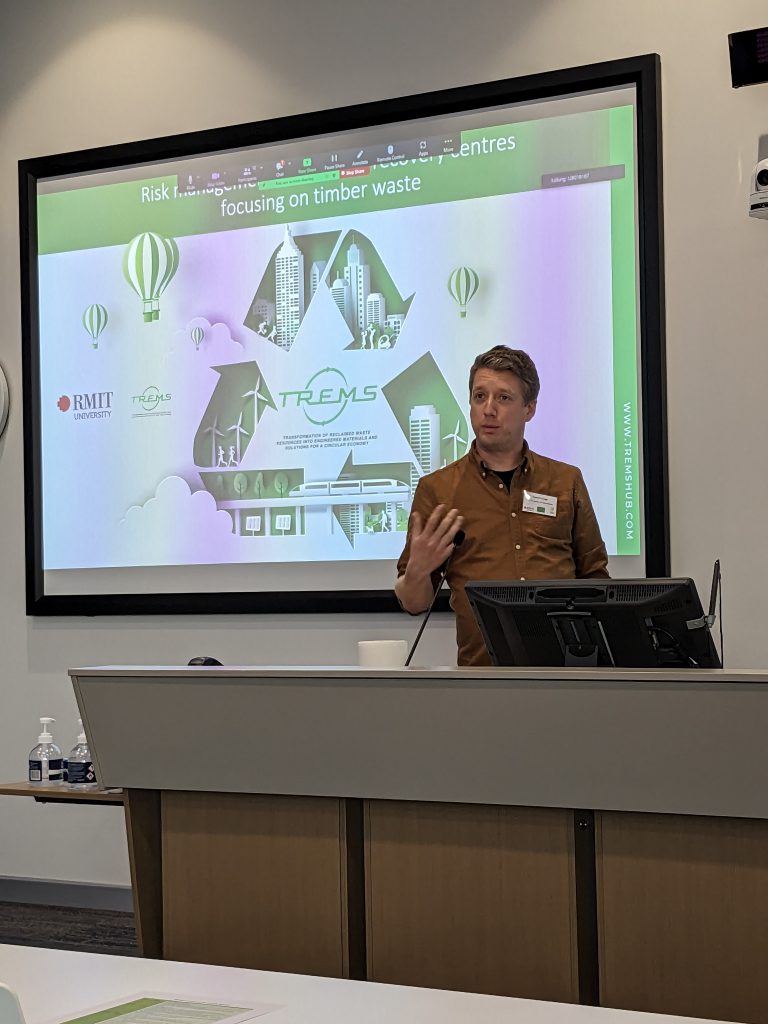
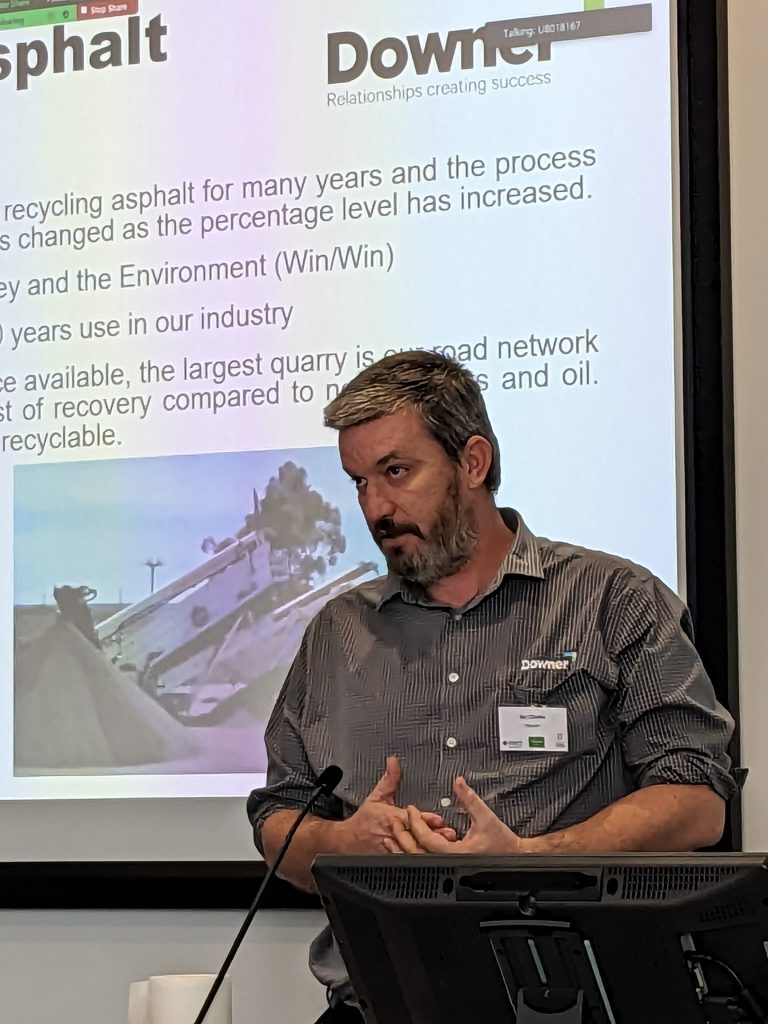
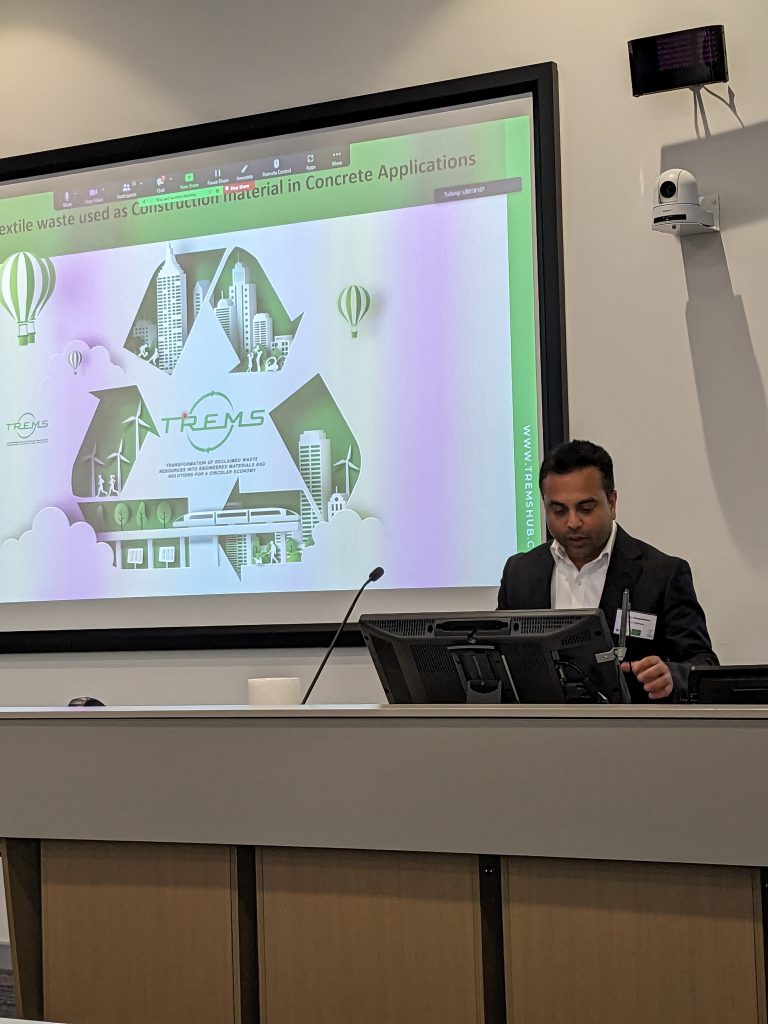
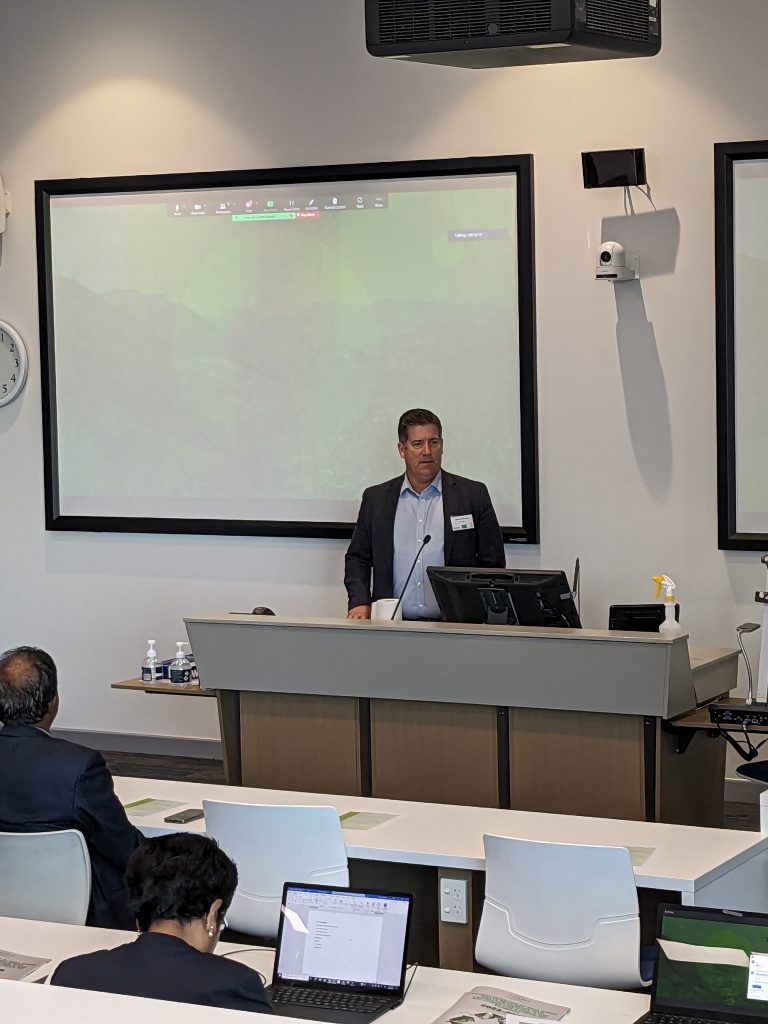
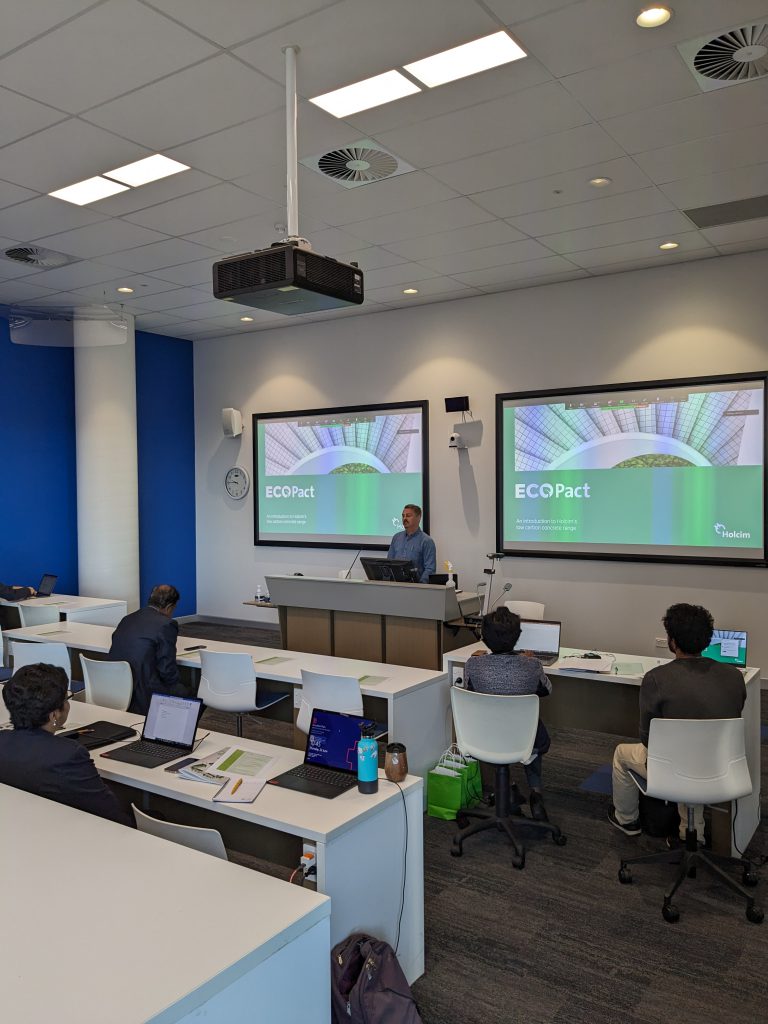
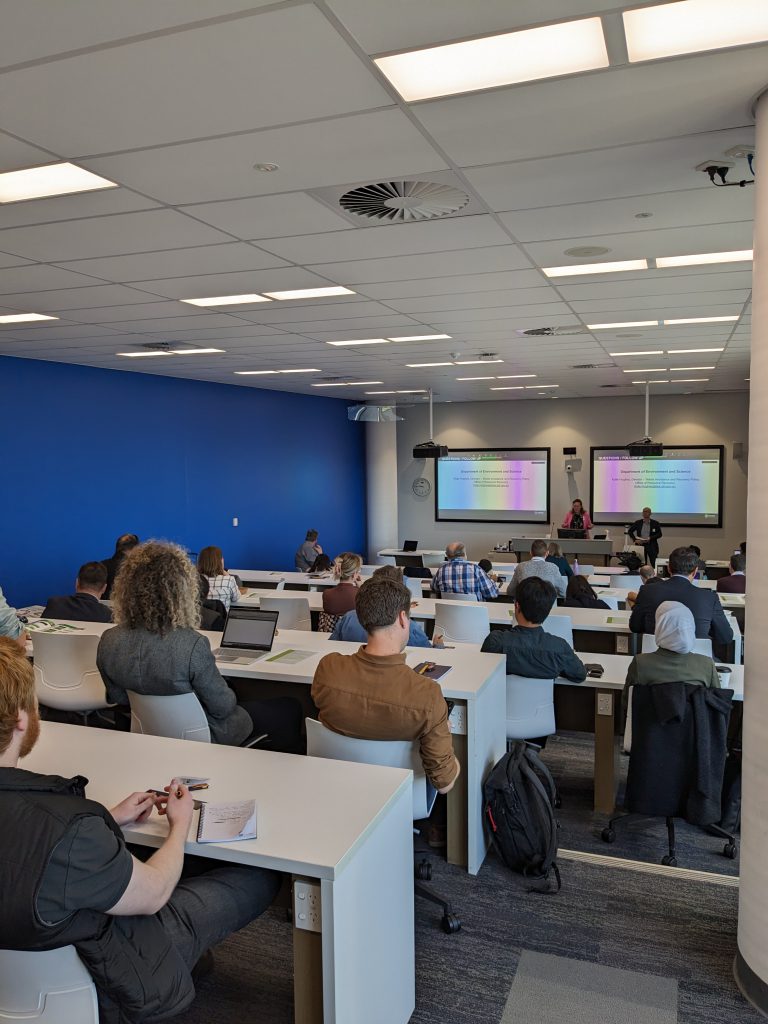
Minimising kerbside waste in apartments
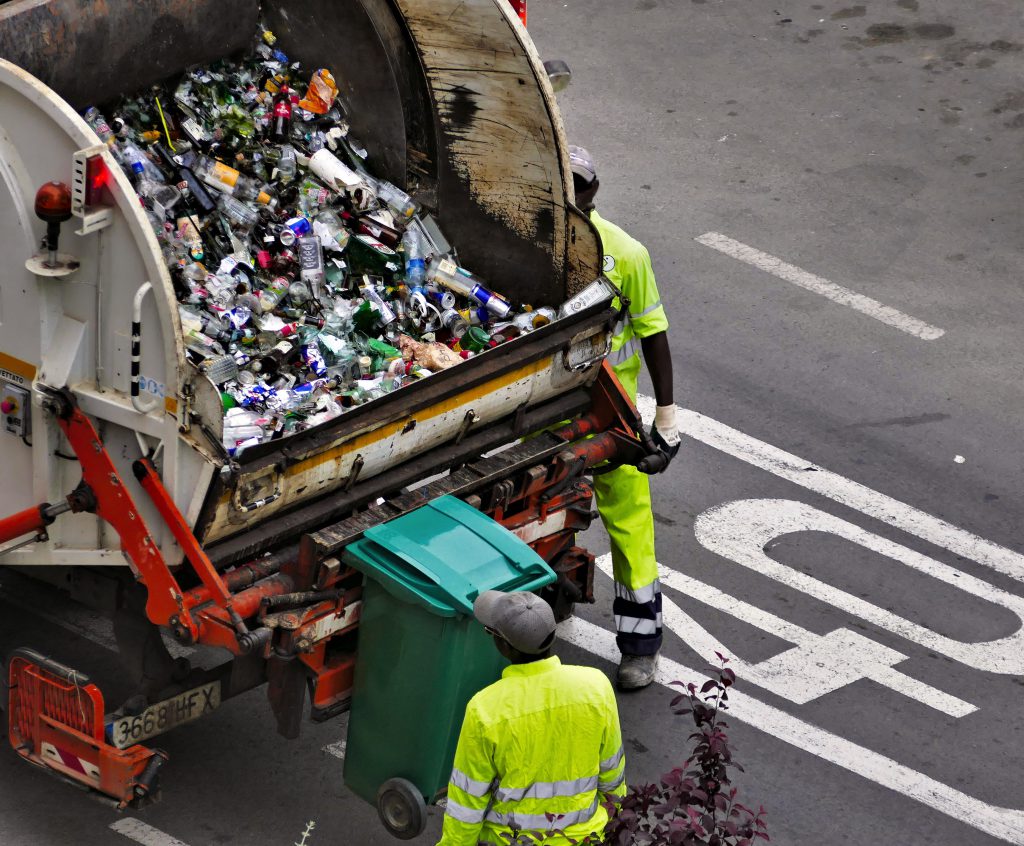
Researchers at RMIT University, Melbourne, Australia are keen to speak with householders in London, UK in apartments and multi-unit developments with shared waste infrastructure.
Participation involves a 60-90-minute interview including taking a researcher on a tour of your kitchen and apartment building and having a chat about waste-management practices in your housing.
If you qualify to participate in our research you will receive a GBP 40 gift voucher* to thank you for participating.
Interested in participating, or just finding out more?
Register your interest
By email: [email protected]
Or call Bhavna: +61 3 9925 4891
All researchers will follow COVID-safe procedures as required.
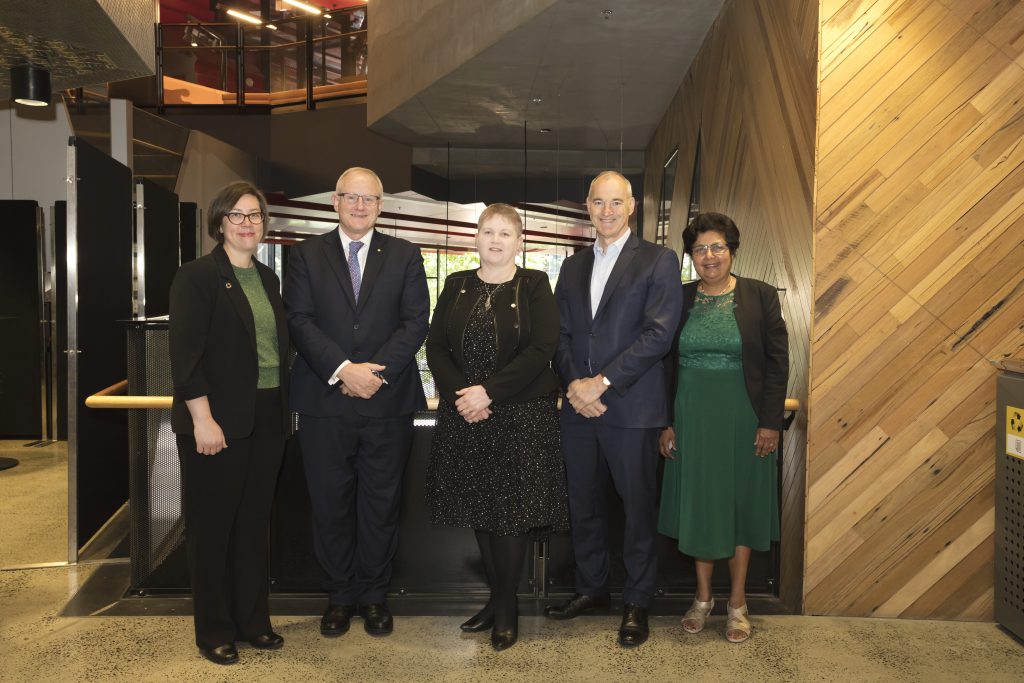
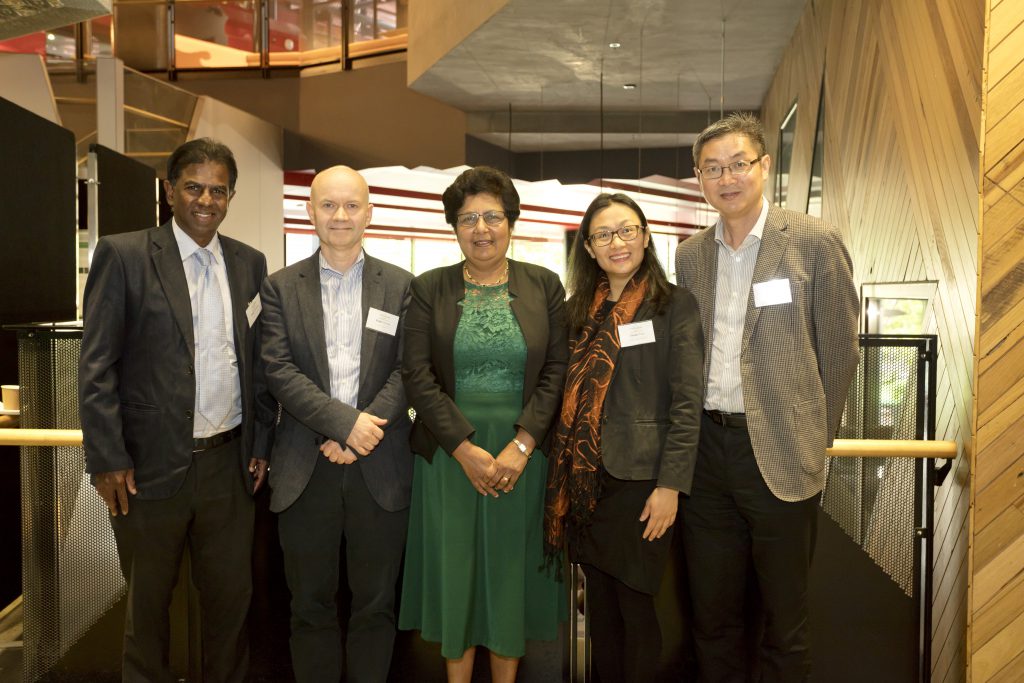
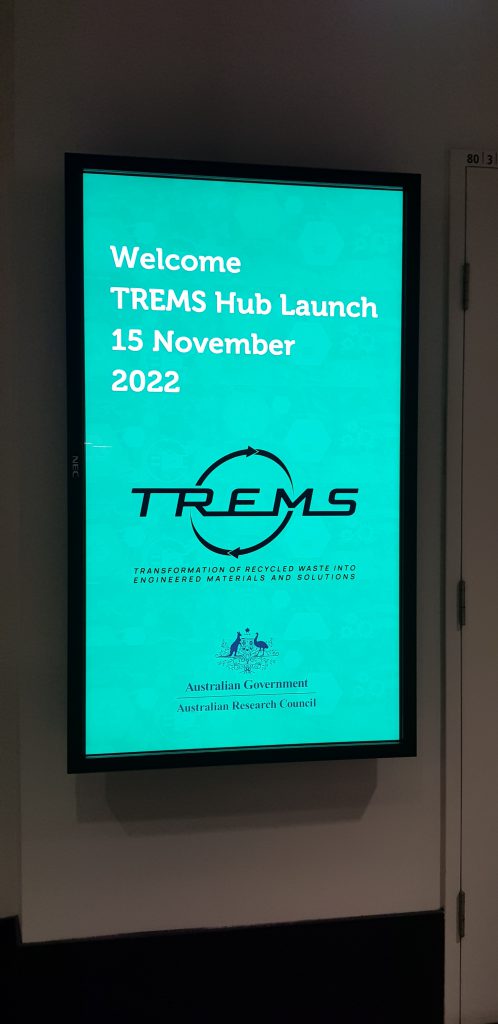
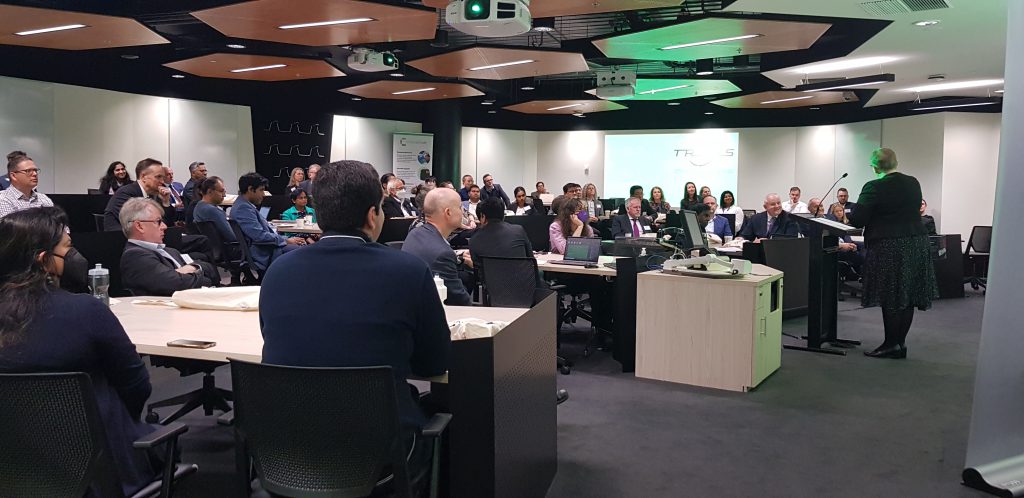
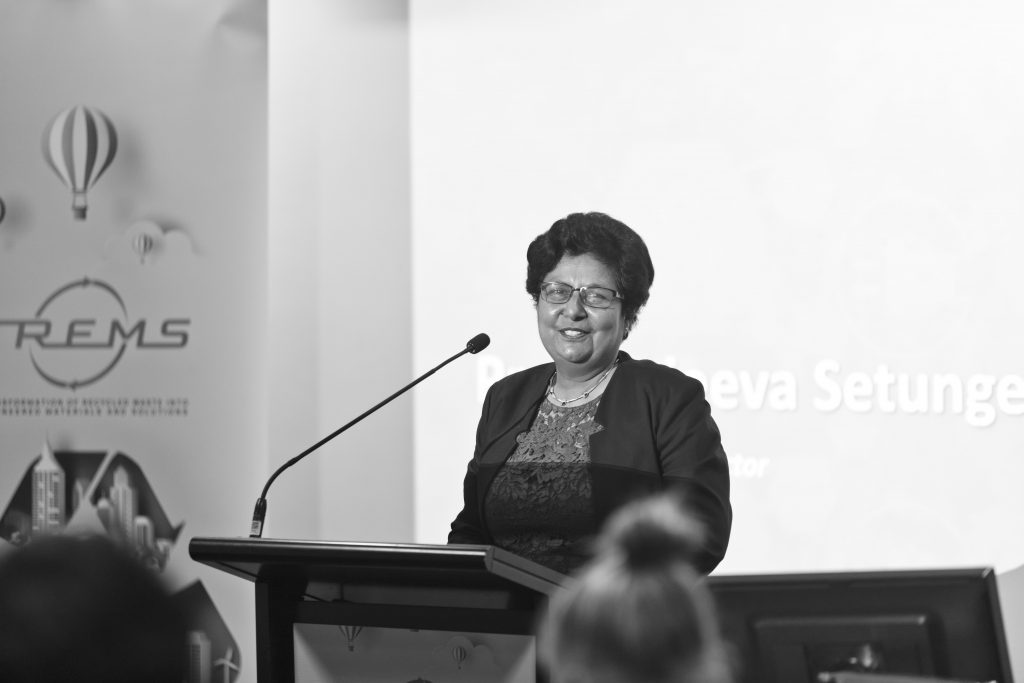

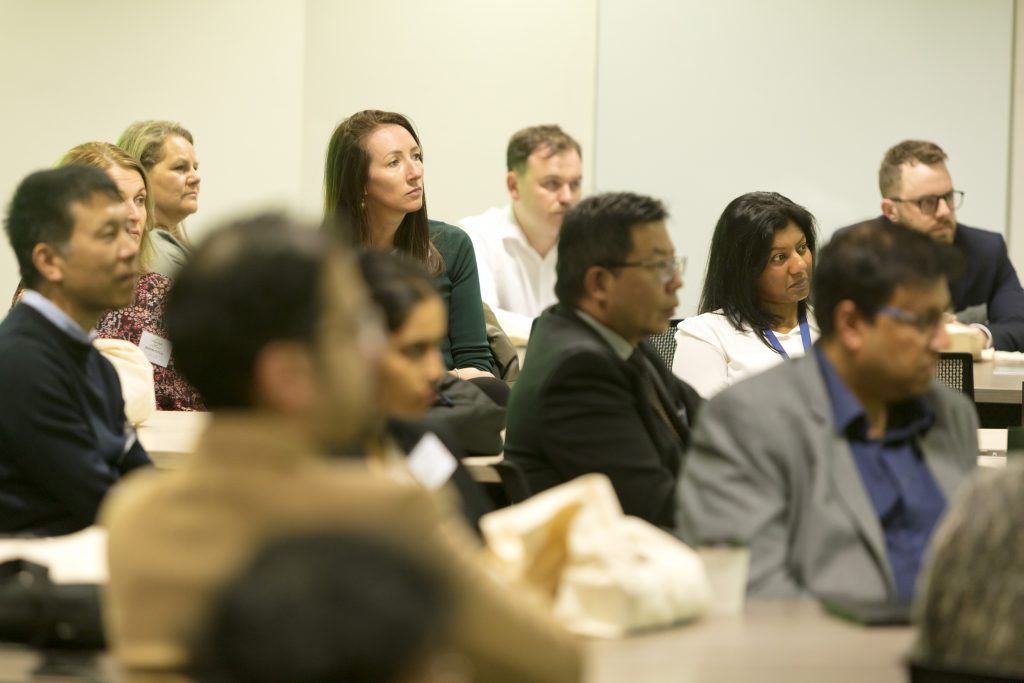
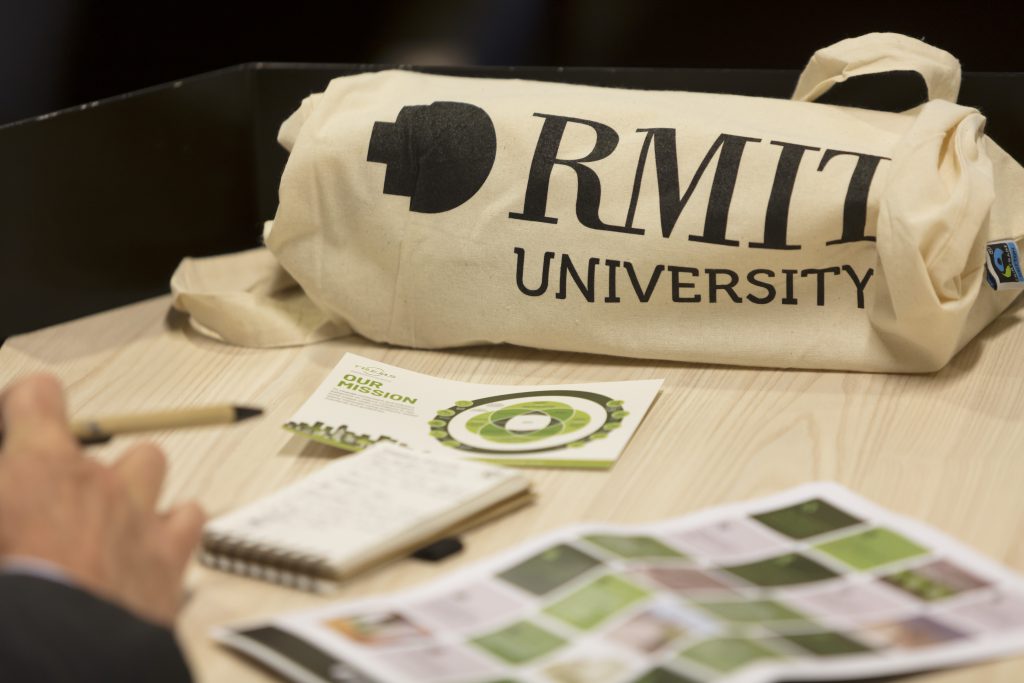
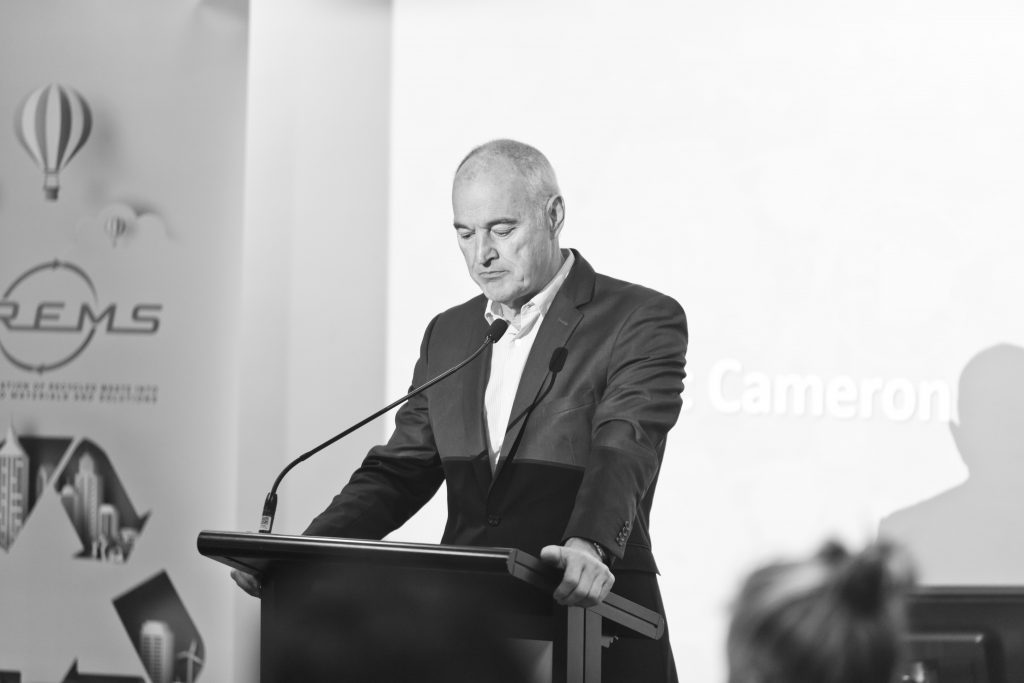
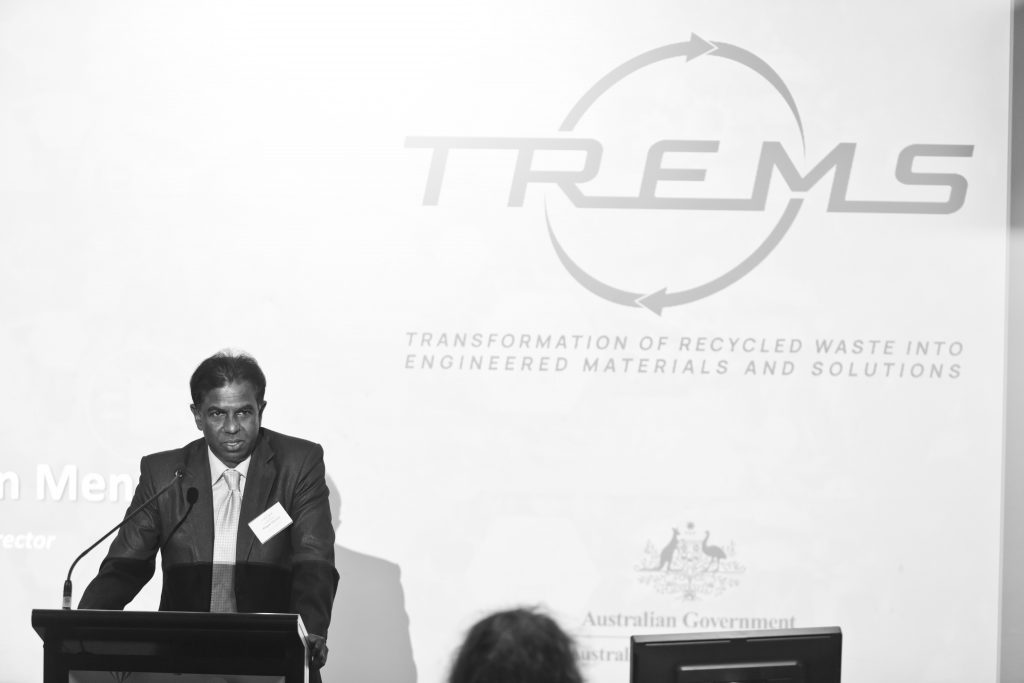
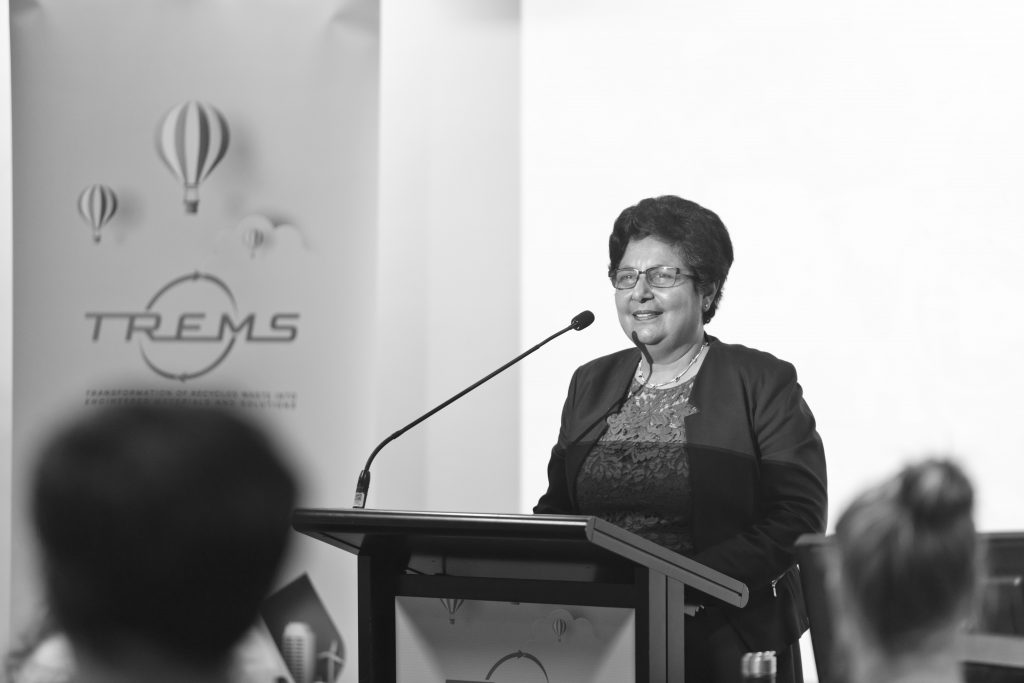
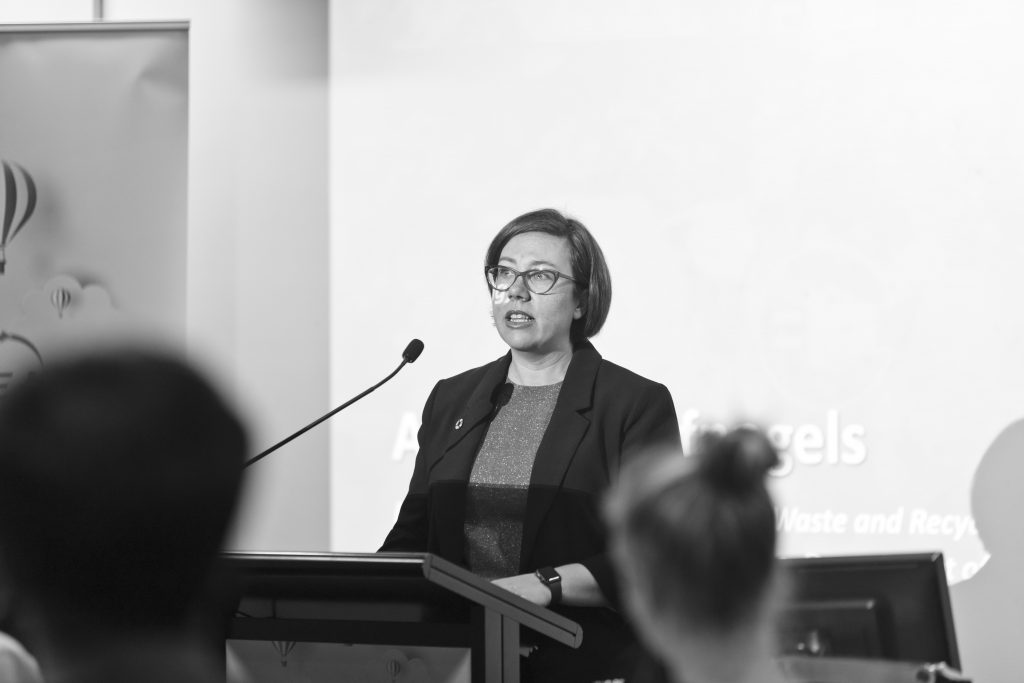
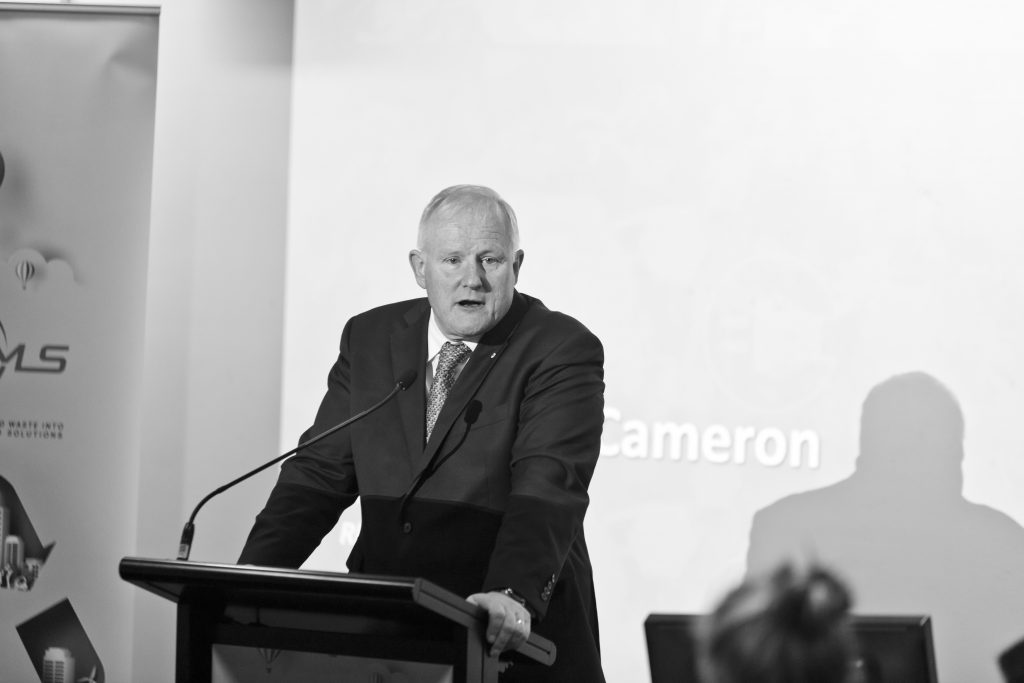
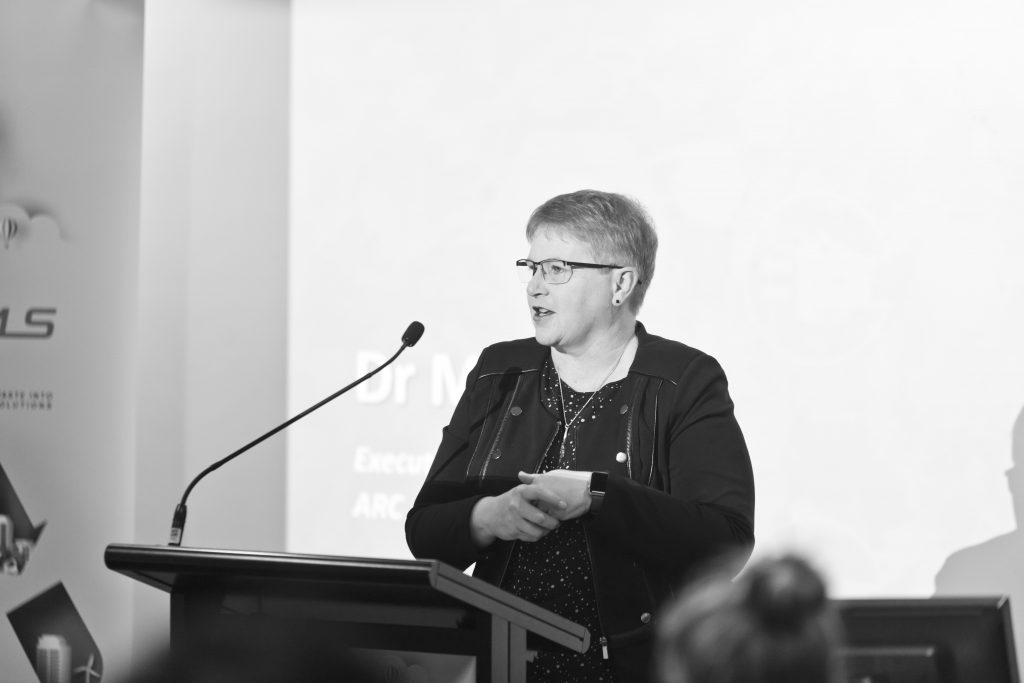
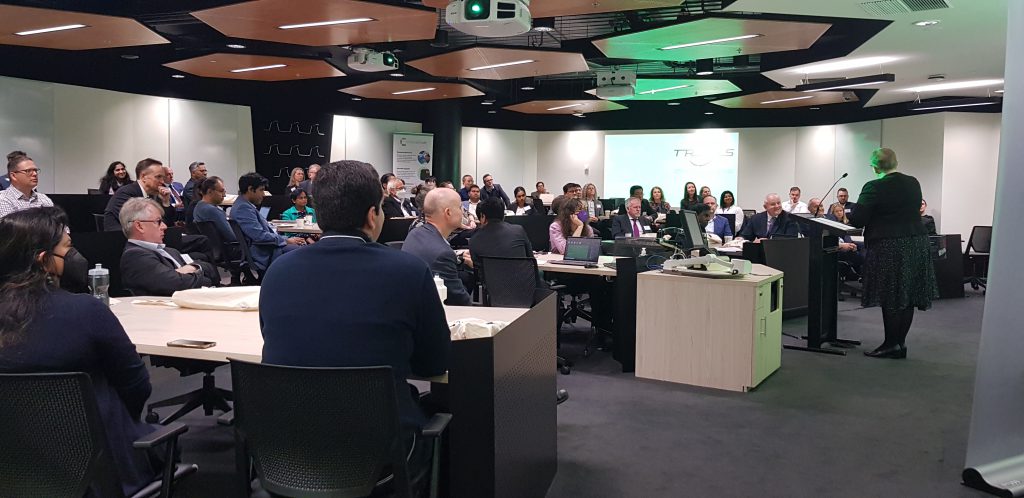
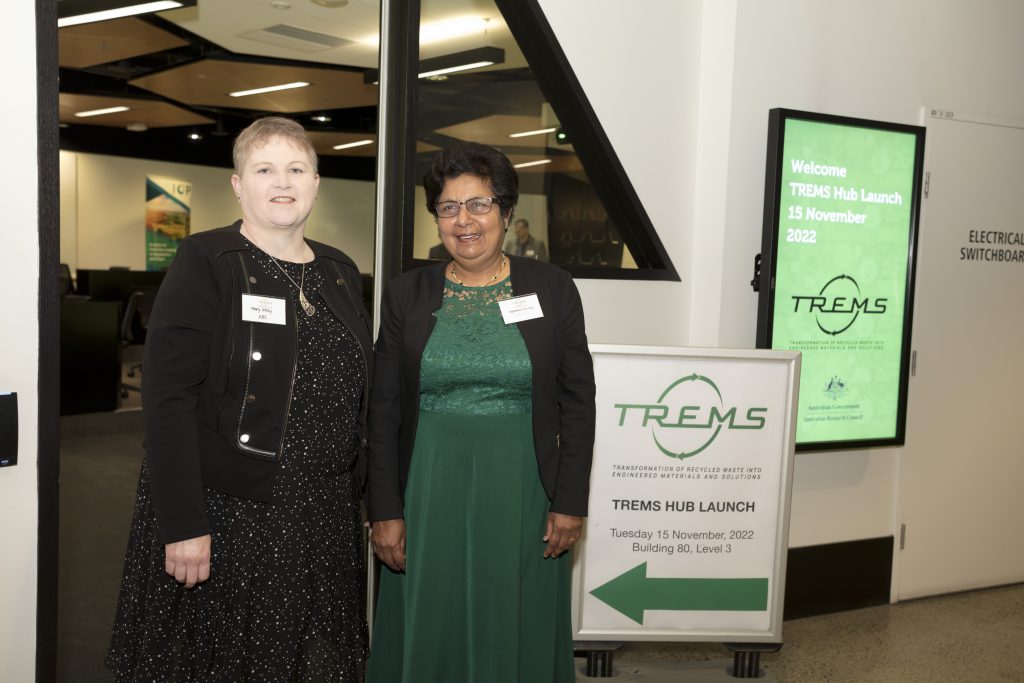
Mid November, RMIT marked the launch of the TREMS Hub, a #research hub focused on tackling the #global waste #crisis.
This is a timely initiative and is made possible by funding and #collaboration from the Australian Research Council and state, industry and international #partners.
Lead by RMIT and University of Melbourne, the hub has been working for the last 18 months exploring new ways to engineer #construction and other high-value materials from recycled household, #commercial and #industrial waste to develop innovative solutions for practical application.
The hub has 35 projects in progress supported by 36 #industry partners. RMIT Vice-Chancellor and President, Professor Alec Cameron, said that with Australia’s landfill space expected to reach capacity by 2025, it is incumbent on the University to be part of the solution.
“The Hub’s research program aims to find holistic #solutions to address this crisis, co-designed in partnership with stakeholders across the entire value chain of waste.” he said.
TREMS colleagues were so fortunate to have three eminent speakers Tony Circelli, from Recycling Victoria, Christina Chin from EcologiQ and Phil Gurney from Breakthrough Victoria share the opportunities for collaborations between Victorian government and the TREMS hub to translate the ARC funded academic research.
“Together with our partners, the hub will aim to reduce the waste diverted to landfills and contribute towards the goal of 43% #emissionsreduction by 2030.”
Thank you to our speakers and attendees for coming together to celebrate this milestone!
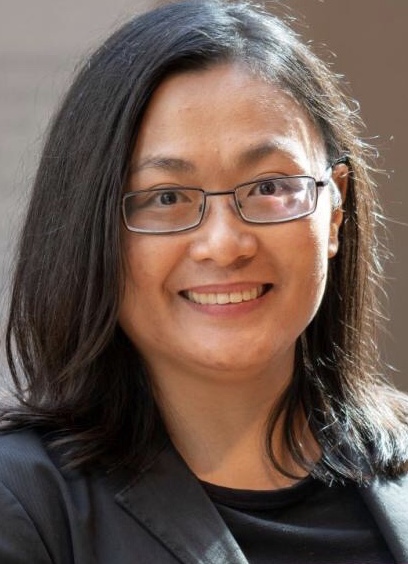
Western Sydney University’s Distinguished Professor Vivian Tam has been awarded an Australian Research Council (ARC) Future Fellowship, attracting more than one million dollars for the development of Het-Crete, the world’s first building material for high grade construction that uses mixed construction and demolition waste, combined with environmentally friendly chemicals.
Distinguished Professor Tam, from the School of Engineering, Design and Built Environment at WSU, was awarded $1,109,924 for the project, ‘Het-Crete: High-Grade Chemical-Treated Heterogeneous Recycled Concrete’. The research is set to address the grand challenges of CO2 emissions and landfill reduction within the construction industry.
“Developing and advancing environmentally friendly recycled materials is my passion, so I am delighted with this funding announcement and hope our project will raise environmental awareness and confidence across the construction industry as well as significantly elevate Australia’s world standing in recycled concrete research,” said Distinguished Professor Tam.
“Of the more than 20 million tons of mixed construction and demolition waste generated annually in Australia, only 5% is recycled and less than 1% is adopted for low-grade construction activities. Our project hopes to solve Australia’s mixed construction and demolition waste disposal problem and lower its greenhouse-gas emissions at the same time.”
As part of the 2022 Future Fellowship scheme, the Australian Government is funding 100 mid-career researchers with $94 million to focus on finding solutions for key industry challenges and training the next generation of researchers.
The Future Fellowships scheme supports research in areas of critical national importance by giving outstanding researchers incentives to conduct their research in Australia. The aim of the Future Fellowships scheme is to attract and retain the best and brightest mid-career researchers.
The TREMS Hub is proud to have Distinguished Professor Tam on the team. You can read about her project “The use of carbon-conditioned recycled aggregate for recycled concrete applications” objectives here.
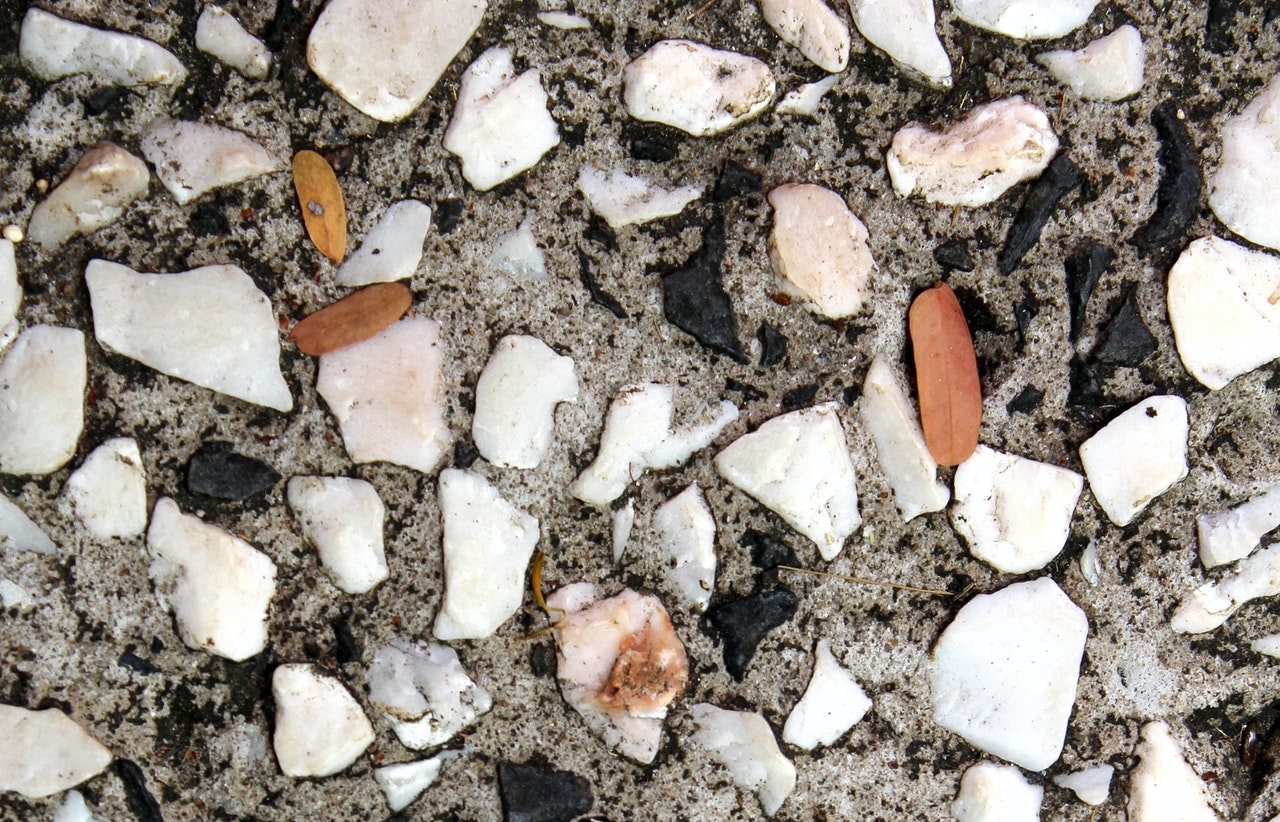
With the production of more than 16 billion metric tonnes per year, concrete has become the most widely used material on earth. Thus, the aggregates, which occupy three-quarter of the volume of concrete is also subjected to high demand. The production of aggregates to match the demand increment of concrete has become a challenging task. The increased production of quarried and crushed coarse aggregates raises concerns as it emits significant quantities of greenhouse gases. Objections to opening quarry pits, problems associated with dumping of construction and demolition waste, taxation policies and subsidies are some other major factors influencing the adoption of environmentally friendly aggregates in concrete. In addition, finding a sustainable alternative to conventional quarried aggregates is also of importance. With the current consumption trends, Australia has to produce 210 million tonnes per year by 2056, which is more than 50% increment in comparison to the current production rates. Over the past decade, significant research has been conducted to alleviate these concerns regarding coarse aggregate demand. However, the currently available alternative coarse aggregates have drawbacks such as complex production procedures and high associated costs making them less feasible solutions. As such, there remains an imperative to investigate the performance and viability of alternative sustainable aggregates for use in concrete. RMIT research team developed new coarse aggregate! The production of geopolymer coarse aggregate (GPA) employs high pressure and reduced temperature production techniques to process low calcium fly ash, adding value to abundant industrial waste material. The optimized mix design produces 32 MPa compressive strength at 28 days with 100% replacement of quarried aggregates with this naval geopolymer coarse aggregate. RMIT researchers are currently investigating the long term engineering performance of this geopolymer coarse aggregate concrete. They will further investigate the damage response of this concrete using relevant computer models.


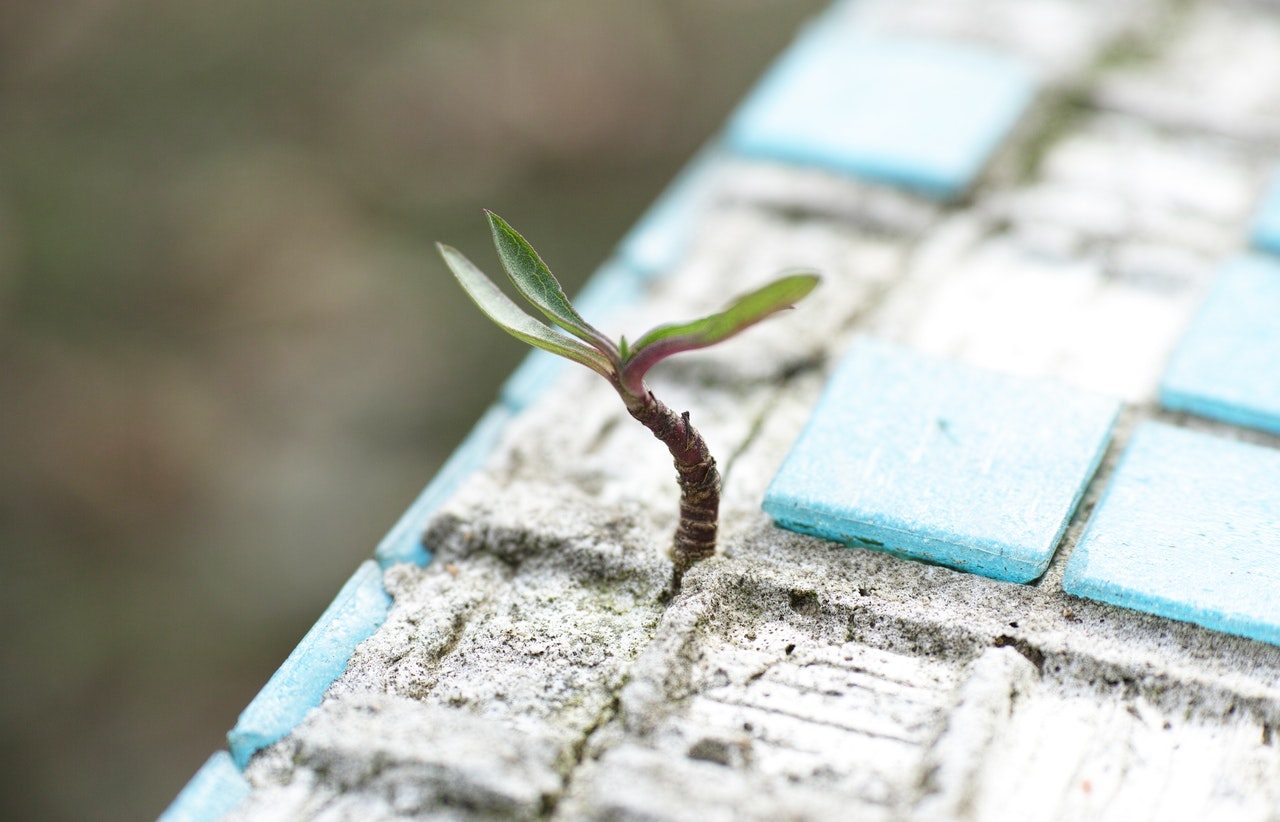
Urban runoff contains significant amount of heavy metals, nutrients, suspended and colloidal particulate matters, and other aqueous and non-aqueous phase pollutants. Therefore, urban runoff has been identified as a major source of non-point source pollutants. Further, the pollution of water resources due to heavy metals has been an increasing worldwide concern for the last few decades as heavy metals are non-biodegradable and could be passed along the food chain through bio-accumulation. Furthermore, increase of urban runoff volume due to impervious paving in urban areas consequently reduces the soil water infiltration and the groundwater recharge.
Permeable pavement development having functional paving materials has gained wider attraction, as functional materials are able to reduce level of pollutants in urban runoff through various mechanisms like filtration and sorption of runoff while the pervious structure helps increase the infiltration of water. However, only a limited number of studies have focused on integrating functional materials such as bio char, the product from thermochemical pyrolysis of biomaterial with pervious concrete.
Bio char is having a range of applications due to its excellent reactive properties, perseverance, non-toxicity and low cost. Since raw materials for bio char manufacturing are plentiful, inexpensive and readily available their utilization for the removal of pollutant is gaining attention as a simple, effective and economical means of water treatment.

Many literature reports that bio char has the potential to remove the suspended particulate matter, attenuate heavy metals and organic pollutants, and adsorb or degrade biological pathogens. RMIT researchers currently investigate the possibility of utilizing bio char as the functional component in cement based pervious pavement manufacturing material.